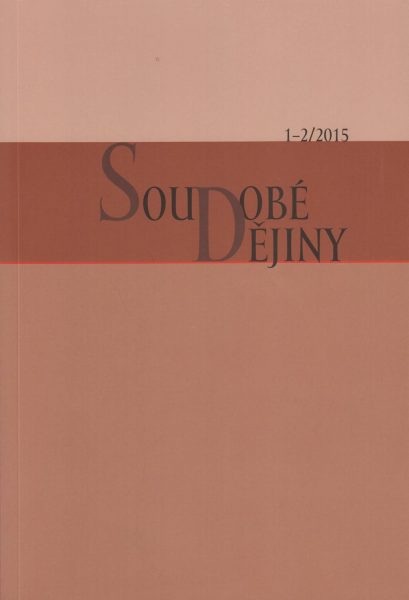Most do budoucnosti. Příběh města na severu Čech jako studie proměn socialistické modernity
Old Most, New Most: The Story of a Town in North Bohemia as a Case Study of the Transformations of Socialist Modernity
Author(s): Matěj SpurnýSubject(s): History
Published by: AV ČR - Akademie věd České republiky - Ústav pro soudobé dějiny
Summary/Abstract: The story of how and why the old north Bohemian town of Most was destroyed in the 1970s to enable lignite (brown-coal) mining serves the author as a case study with which to outline the transformations of the State-Socialist version of modernity in the twentieth century. In doing so, he raises a fundamental question: What were the intellectual and social contexts that made it possible to justify this gigantic experiment, a result of which was the destruction of one of the most valuable historic towns in the Bohemian Lands? The author outlines the history of Most as a centre of power and economics from the thirteenth century onwards, the growing economic importance of the coal-mining area in the foothills of the Giant Mountains (Podkrušnohorská pánev), and considerations about expanding mining to the area of the town itself. After the Second World War, these considerations were recast into plans for the demolition of the old town of Most and the building of a new town of the same name. The plans were given the blessing of the key political bodies of the Czechoslovak Socialist Republic in 1962. The author looks at the story from three different perspectives. The first is local, emphasizing the special nature of the landscape and society in this region of the Bohemian borderlands (formerly called the Sudetenland). Typical of this perspective are the interrupted traditions and broken bonds between human beings and their environment, and the demise of local ethnic, cultural, and religious identity in consequence of the dramatic population exchange after 1945 (the expulsion of the Germans and the re-settlement of the borderlands); these bonds and traditions were eventually substituted for by identifying with the industrial vision, based on work, productivity, and modernity. Productivist thinking as the second perspective in the essay, by contrast, is of a global nature, occurring wherever civilization was spread. By this logic, the author argues, the Most region was reduced to a storehouse of raw materials necessary for the further development of the country and the lives of its inhabitants who were subordinated to depersonalized economic powers and the apparently unquestioned needs of progress. The author argues that the management of the North Bohemian Lignite Mines (Severočeské hnědouhelné doly) was the driving force behind the removal of Most and that the calculation of a positive financial balance of local mining was the key argument for the legitimation of the project. The third perspective offered here is that of urban planners’ utopias, and it also puts the story into the context of European modernism. Here, the author explains, against the background of changes in avant-garde thinking in Czechoslovakia and the rest of Europe from the 1930s through the 1960s, the vision, and construction, of the new Most as a ‘City of Roses’ to take the place of derelict old Most.
Journal: Soudobé Dějiny
- Issue Year: XXII/2015
- Issue No: 1-2
- Page Range: 30-79
- Page Count: 50

